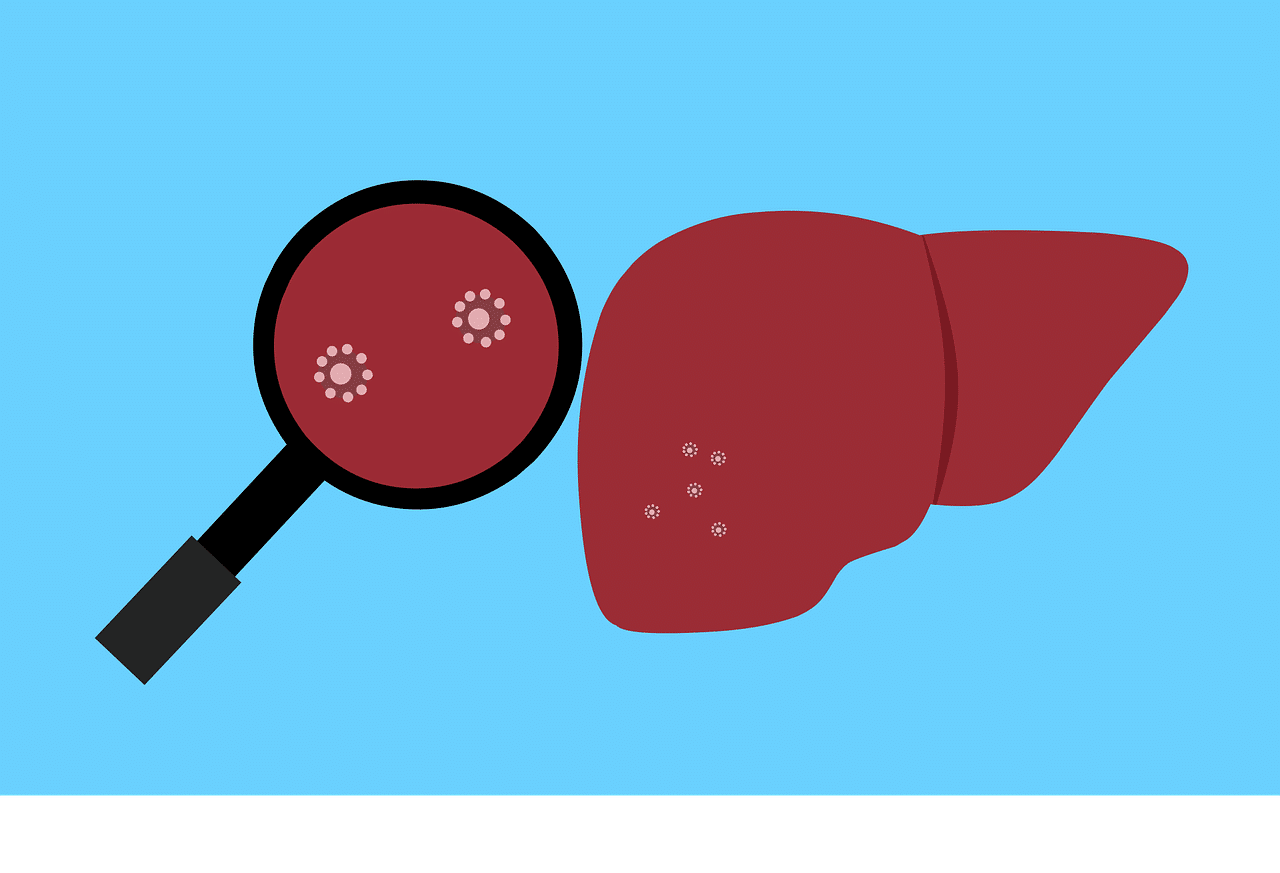The new study published online on January 13th in Cancer Cell explains the new work that spins around circular RNA, the latest addition to the types of ribonucleic corrosive commonly known as RNA.
Usually, the DNA blueprints are converted into RNA and subsequently into proteins. Whole this process takes place inside the cell. The RNAs are linear structures but some of them take a circular shape when that usually ends with a loop for attachment. These round RNA’s do not encode proteins but become a part of major cell regulatory systems. However, it is still unclear to determine these functions as a whole.
Proceeded by researchers from NYU Grossman School of Medicine, this experiment studied circRNA called CDR1as in mice which blocks the pathogenic spread of melanoma, a common type of cancer through cell culture technique. The experimental analysis of human melanoma tissues exhibited more or less similar high CDR1 levels that help in body’s natural survival.
Among all the patients who lose their life to melanoma, probably the most common form of skin cancer, the metastasis is the major cause behind death. Cancer cells are the body’s own cells that fail to comply with the normal body functions. However, the research on DNA changes has no clear answer on how these cancerous cells spread.
This new study gives new insights into the aggressive melanoma threat and is probably the first-ever study to reveal a circRNA as a silencer of metastasis.
The researchers found CDR1as restrains a known virtuoso harm protein called IGF2BP3, revealing another limit of CDR1as that may have accommodating repercussions.
Ongoing research work suggests that there was no clear understanding of circRNAs including how they bind with proteins which help in attaching with RNA in normal cell function. However, the researchers assume that metastasis of melanoma increases when CDR1as and the RNA-binding protein IGF2BP3 face a disrupted interaction.
When CDR1as is active it authorizes IGF2BP3 proteins for binding to the circular RNA and doesn’t allow it to attach to other forms of RNAs that mostly code for pro-metastatic metastatic proteins.
When this CDR1as was inactivated and removed by the use of advanced molecular techniques, IGF2BP3 was enabled to support cancerous cell invasion taking place in layers of skin. It may also spread to even long-distant organs.
The study also highlights CDR1as sources in cells that are LINC00632. It is a simple example of a different RNA class with non-coding, long RNA molecules. The research revealed that there is an “epigenetic” part of melanoma cells that works on the CDR1as gene and stops it.
Certain epigenetic auto-adjust to the activity of genes and it doesn’t change the DNA at all. It adds molecules called “methyl groups” to histone proteins that surround the DNA. This methylation level and status usually determine whether or not a DNA stretch is unwound and generally accessible.
The researchers express their concern that histone methylation (H3K27me3) can silence the gene for LINC00632 and effect on melanoma spread. This type of interaction could help the cells to move while fetal development takes place inside the womb.


